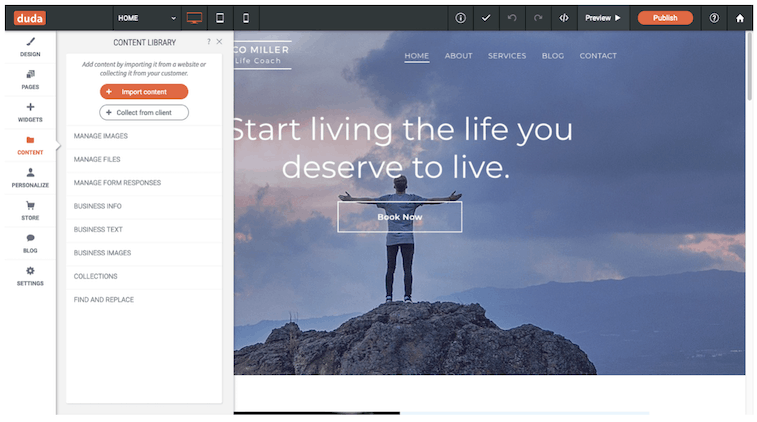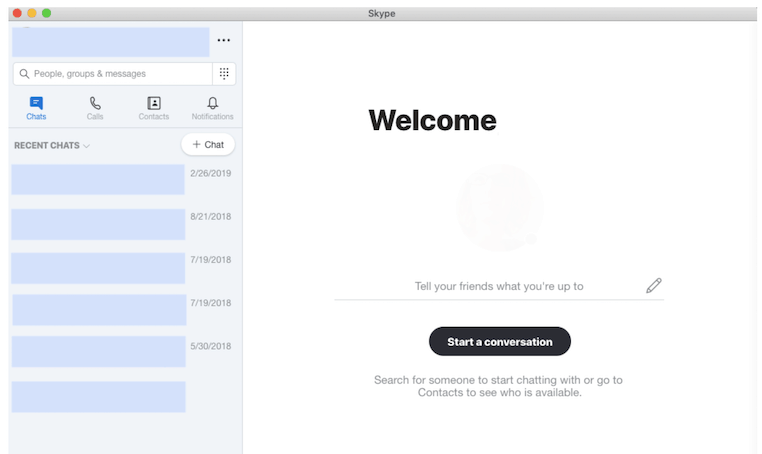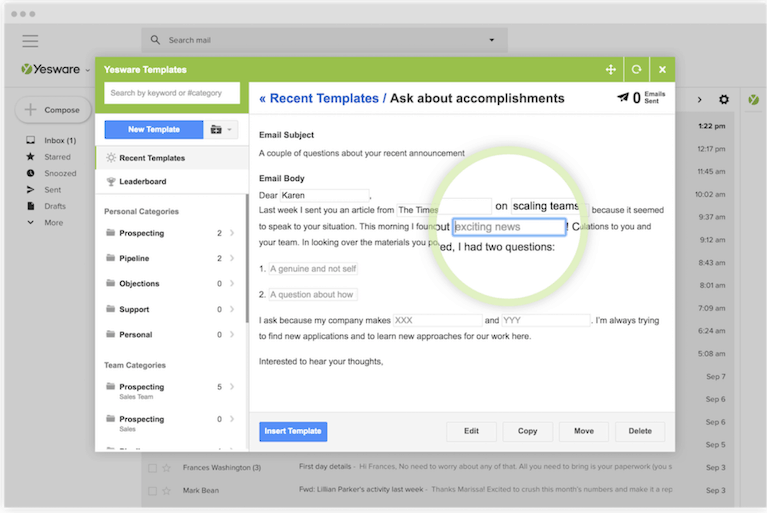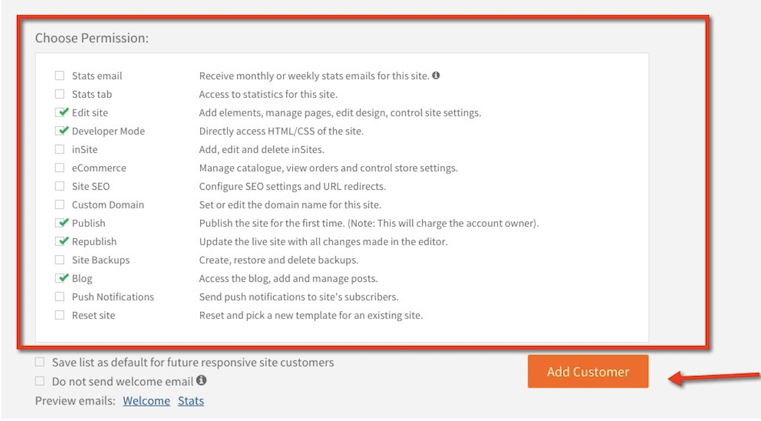As demand grows for your design agency, and more and more of your team becomes maxed out on tasks, you may find yourself wondering: Is there any way to get more done with the time we have?
Truth be told, this can seem near-impossible for service industry firms like agencies. When your revenue stream is contingent on how many websites you build in a given timeframe, how can you possibly scale up from that?
There are only so many hours in the day you and your team can work – it’s just the reality of the relevant unit economics.
Although agencies can’t (and shouldn’t!) mass produce goods the way some other industries can, there are certainly ways to improve your agency’s efficiency and scale up from that. Automation, collaboration, and stronger project management practices will be the keys to your success. This guide will show you the five key ways to optimize efficiency for your design agency.
5 ways to enhance your agency’s efficiency and collaboration
Inefficiency is a sure-fire way to displease both clients and employees alike. It’s also a good way to stop your agency’s growth dead in its tracks. If you want to continue attracting high-quality clients and be able to meet their needs, you must master efficiency through automation, collaboration, and best business practices.
Here is what you need.
1. The right design platform
Before you do anything else, take a look at the software your agency uses (or lack thereof).
- Does your team track projects with spreadsheets?
- Does everyone store design assets and content documents on their personal hard drives?
- Are communications piling up over a variety of channels — email, text, online chat?
If so, then you have a problem.
With so many people contributing to the completion of a project, you can’t afford to have this kind of inefficiency rule the roost. If you want to get work done well, quickly, and consistently, your team needs to work together and from the same software system.
For a design agency in particular, you should use software that brings everyone together in one central hub, not just for the sake of centralizing assets, but to improve your collaboration efforts. You also need to look for software that gives clients a seat at the table within your software. If you can do this all from your website design platform – which you can with Duda, for example, –all the better.

The more you can get done from one place, and the smoother your communications are, the more efficiently your agency will be able to work.
2. A video conferencing solution
Sometimes it’s not enough to just communicate through back-and-forth messages. While this certainly helps with straight-forward collaboration tasks — like sharing feedback within a design file — there are occasions when real-time conversations are needed.
For instance, it would be beneficial to get on a video call with clients if they seem to be struggling with a concept or a design presented to them. Rather waste your time going back and forth trying to write out the explanation, hop on a call and talk it through with them.
The same is true for your remote team members, especially if they’re new and just getting the hang of your organization’s workflows. Don’t let them waste time trying to work through it on their own. If anyone on your team is having a hard time, a video chat could quickly get them back on track.

There are a number of video chat platforms you can do this with, some of which do allow for messaging if you want the option to switch back and forth. Google Hangouts, Zoom, and Skype are just some of your options.
3. Automated message templates
If you’re working on the same types of projects day in and day out, you’re likely going to say the same thing to clients as you engage them at different milestones, right? For instance, when you have wireframes or mockups to deliver to a client. You send a message like:
Dear Client,
The mockups for your e-commerce website are done and ready for your review!
Please sign into our design platform at your earliest convenience and provide us with any feedback you may have. If you’re ready to approve the mockups, submit your Approval and we’ll move on to the next milestone.
Regards,
Your Trusted Design Agency
If you’re not using libraries of templates to easily dispatch succinct messaging like this to guide your clients through the key milestones of their project, then it’s time to start now.
Not only does this ensure that you’re being consistent in your messaging from client to client, but it also reduces the time you spend writing our messages to clients. Instead, you can focus on having conversations that actually matter — like collaborative exchanges that take place within your software or the video calls where you iron out kinks.
If you want to be even more efficient when using these templatized messages, program your software to automatically send them at certain milestones or triggers. If your team is careful to log project status milestones in your CRM, then an app like Yesware makes it easy to send personalized versions of the relevant messages

That will be one less thing you have to worry about while still keeping your project moving forward.
4. Custom access
Software is the foundation of any good agency. That being said, giving your team and clients unfettered access to your software and other systems could be just as harmful to your operation as giving them none at all.
There are certain individuals who should have full access to your platforms. Namely, your admins and project managers. Everyone else, though, should have customized access that allows them to enter your centralized workspaces but see only that which requires their attention.
This is helpful for a number of reasons:
For you, this means you can use just one tool to manage projects and build websites from. You won’t have to worry about clients bumping into each other or team members becoming distracted by tasks or projects they’re not involved in.
For your team, this gives them a clearer view of what they have to work on, which projects to step into and collaborate on, or who to respond to at any given time.
For your client, this keeps them engaged with the project. They can be part of the conversation and provide more helpful feedback within the actual context of the design and content you’ve presented to them.

When you run an agency, there are too many moving pieces and chefs in the kitchen. Thankfully, most business software provides the admin with controls over who can see what and where they can go within the platform. By utilizing features like user roles and access, you can take control over this.
5. Templates for other aspects of Projects
Your automated messages are just one example of templates you can use to be more efficient. Another way to cut down on time spent on repetitive or mundane agency tasks is with project templates.
Think about every aspect of your agency’s project life cycles that are similar no matter the client:
- Proposals, invoices, payments and contracts – templatize with a tool like AND CO
- Project processes – templatize with your task or project management tool (Asana works well for this)
- Wireframes – templatize with a tool like Wireframe.cc
- Full page designs – leverage premade page templates so your team can spend more time customizing designs instead of building
Stop forcing your team to recreate the wheel. By creating templates for each of these things and storing them in your centralized workspace, they can devote the extra time they now have to more pertinent tasks.
Wrap up
Agencies are expected to be agile and powerful resources for businesses that don’t have the time to handle their own design or marketing. But while you’re providing the support that allows them to more efficiently run their businesses, how do you do the same for yours?
More efficient systems that encourage open communication, collaboration, and greater focus are the key. If your design agency isn’t making use of these, it’s time to do so now.



